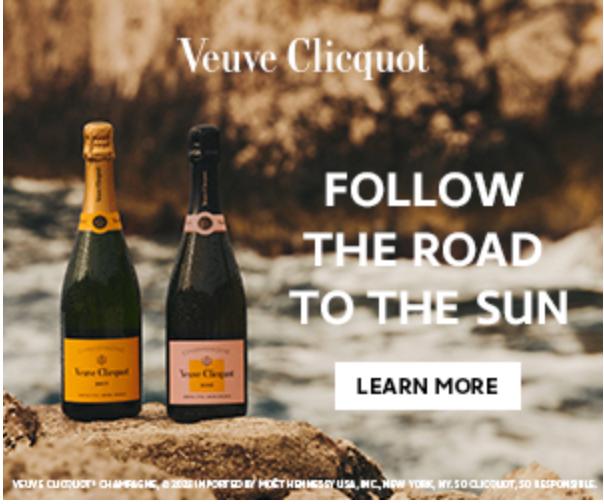Broadway Shakeup! Emmy nominee Lea Michele takes over Funny Girl from Beanie Feldstein.
The producers today announce that Emmy Award nominee Lea Michele (Spring Awakening, “Glee”) will star as “Fanny Brice” for Broadway’s Funny Girl starting Sept 6 at August Wilson Theatre (245 West 52nd Street).
Advertisement
Also four-time Tony Award nominee Tovah Feldshuh (Yentl, “Crazy Ex-Girlfriend”) will star as “Mrs. Brice,” alongside Tony & Olivier Award nominee Ramin Karimloo (Anastasia, Les Misérables) as “Nick Arnstein” and 2022 Tony & Drama Desk Award nominee & Chita Rivera Award winner Jared Grimes (A Soldier’s Play, “Manifest”) as “Eddie Ryan,” in FUNNY GIRL beginning Tuesday, September 6, 2022 at Broadway’s August Wilson Theatre (245 West 52nd Street).
“Fanny Brice” standby Julie Benko will perform the title role from Tuesday, August 2 – Sunday, September 4, 2022 and on Thursdays beginning Thursday, September 8, 2022.
Tickets for FUNNY GIRL are now on sale through Sunday, March 26, 2023 at https://seatgeek.com/funny-girl-tickets.
FUNNY GIRL currently stars Beanie Feldstein as “Fanny Brice” through Sunday, July 31, 2022 and five-time Emmy Award winner Jane Lynch as “Mrs. Brice” through Sunday, September 4, 2022, alongside Ramin Karimloo as “Nick Arnstein” and Jared Grimes as “Eddie Ryan.” They are joined by Peter Francis James as “Florenz Ziegfeld,” Ephie Aardema as “Emma/Mrs. Nadler,” Debra Cardona as “Mrs. Meeker,” Toni DiBuono as “Mrs. Strakosh,” Martin Moran as “Tom Keeney,” and an acting company that includes Miriam Ali, Amber Ardolino, Daniel Beeman, Colin Bradbury, Kurt Csolak, John Michael Fiumara, Leslie Donna Flesner, Afra Hines, Masumi Iwai, Aliah James, Jeremiah James, Danielle Kelsey, Stephen Mark Lukas, Alicia Lundgren, John Manzari, Liz McCartney, Connor McRory, Katie Mitchell, Justin Prescott, Mariah Reives, Leslie Blake Walker and Julie Benko.
Tony Award winner Michael Mayer directs this brand-new FUNNY GIRL, featuring the classic score by Tony, Grammy and Academy Award winner Jule Styne and lyrics by Tony Award nominee and Grammy Award winner Bob Merrill, (comprising additional songs from Styne & Merrill). The original book by Isobel Lennart, from an original story by Miss Lennart, is revised by Tony Award winner Harvey Fierstein.
FUNNY GIRL features choreography by Ellenore Scott, tap choreography by 2022 Drama Desk Award nominee Ayodele Casel, scenic design by Tony Award winner David Zinn, costume design by Tony Award winner Susan Hilferty, lighting design by Tony Award winner Kevin Adams, sound design by Tony Award winner Brian Ronan, hair & wig design by Campbell Young Associates, music direction and supervision by Emmy Award winner Michael Rafter, casting by Jim Carnahan, CSA and Jason Thinger, CSA, orchestrations by Chris Walker, dance, vocal and incidental music arrangements by Alan Williams, additional arrangements by David Dabbon and Carmel Dean and vocal supervision by Liz Caplan.
This bittersweet comedy is the story of the indomitable Fanny Brice, a girl from the Lower East Side who dreamed of a life on the stage. Everyone told her she’d never be a star, but then something funny happened—she became one of the most beloved performers in history, shining brighter than the brightest lights of Broadway. Featuring some of the most iconic songs in theatre history including “Don’t Rain On My Parade,” “I’m the Greatest Star,” and “People,” Michael Mayer’s bold new production marks the first time FUNNY GIRL has returned to Broadway since its debut 58 years ago.
Tickets to FUNNY GIRL are available at https://seatgeek.com/funny-girl-tickets. Prices start at $69.00.
Powered by Lucky Seat, a limited number of tickets will be available for every performance of FUNNY GIRL for $47.50 per ticket. Digital lotteries will begin each Monday at 10AM ET and close the day prior to the performance at 10:30 AM ET. Winners will be notified at approximately 11 AM ET the day prior to the performance via email and SMS. Once notified, winners will have a limited time to claim and pay for their ticket(s). Lottery entrants must be 18 years or older. Tickets are non-transferable. All sales final. No exchange, no refunds. Ticket limits and prices are at the sole discretion of the show and are subject to change. For additional rules, and information on how to enter, visit” https://www.luckyseat.com/shows/funnygirl-newyork.
FUNNY GIRL is produced by Sonia Friedman Productions, Scott Landis, David Babani, Roy Furman, No Guarantees, Adam Blanshay Productions, Daryl Roth, Stephanie P. McClelland, Lang Entertainment Group, Playing Field, Gavin Kalin, Charles & Nicolas Talar, Fakston Productions, Sanford Robertson, Craig Balsam, Cue to Cue Productions, LenoffFedermanWolofsky Productions, Judith Ann Abrams / Peter May, Hunter Arnold, Creative Partners Productions, Elizabeth Armstrong, Jane Bergère, Jean Doumanian, Larry Magid, Rosalind Productions, Iris Smith, Kevin & Trudy Sullivan, Julie Boardman / Kate Cannova, Heni Koenigsberg / Michelle Riley, Mira Road Productions / Seaview, In Fine Company, Elie Landau, Brian Moreland, Henry R. Muñoz III & Kyle Ferari Muñoz, MaggioAbrams / Brian & Dayna Lee.
Follow FUNNY GIRL on Facebook, Twitter & Instagram @FunnyGirlBway. www.FunnyGirlOnBroadway.com




